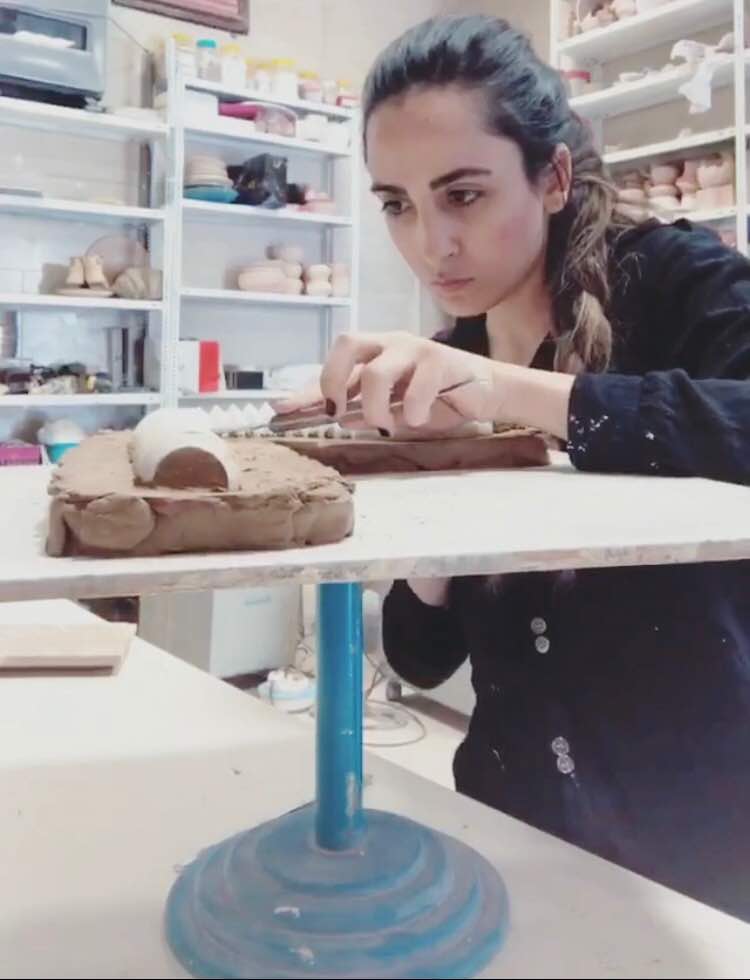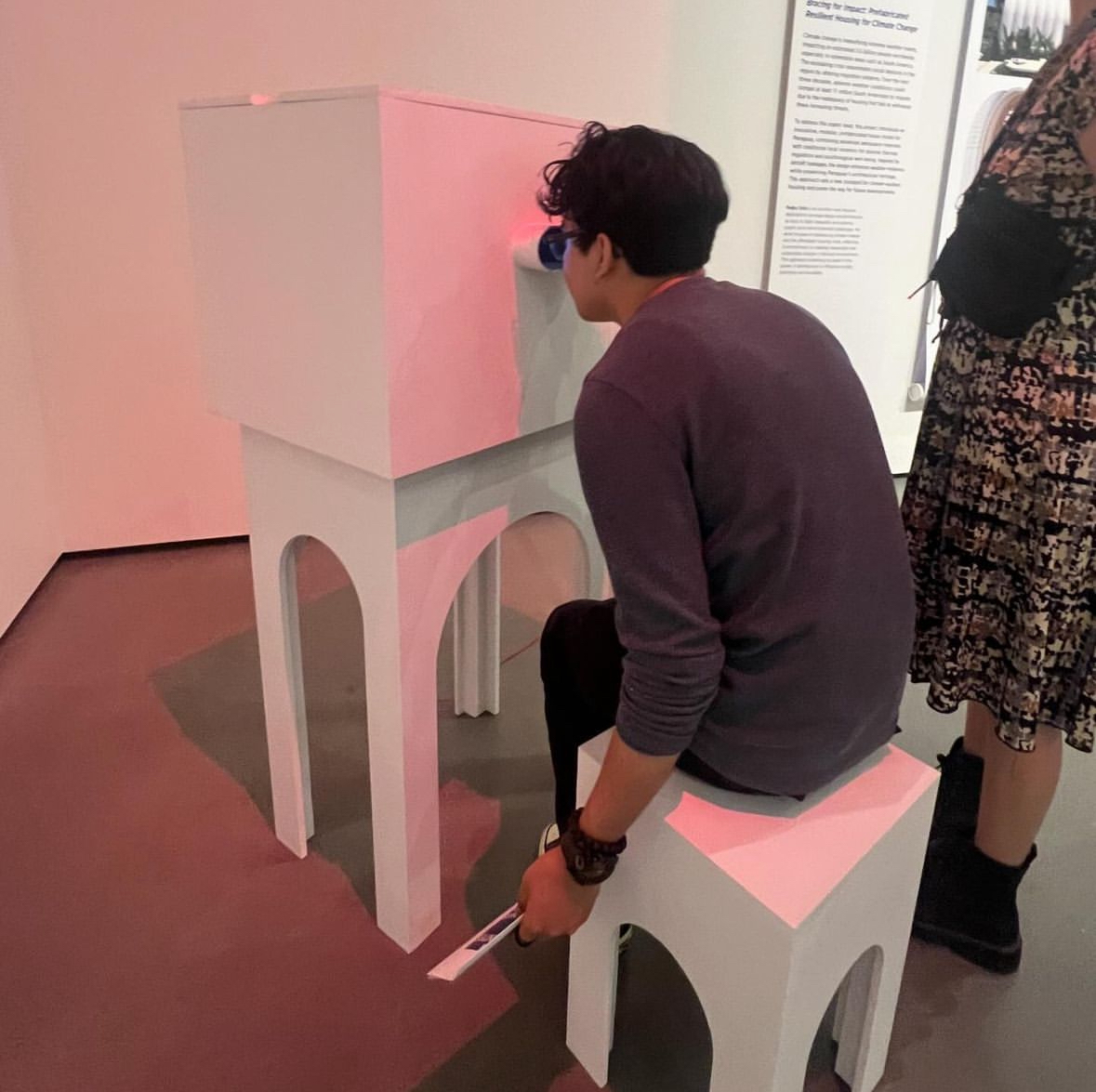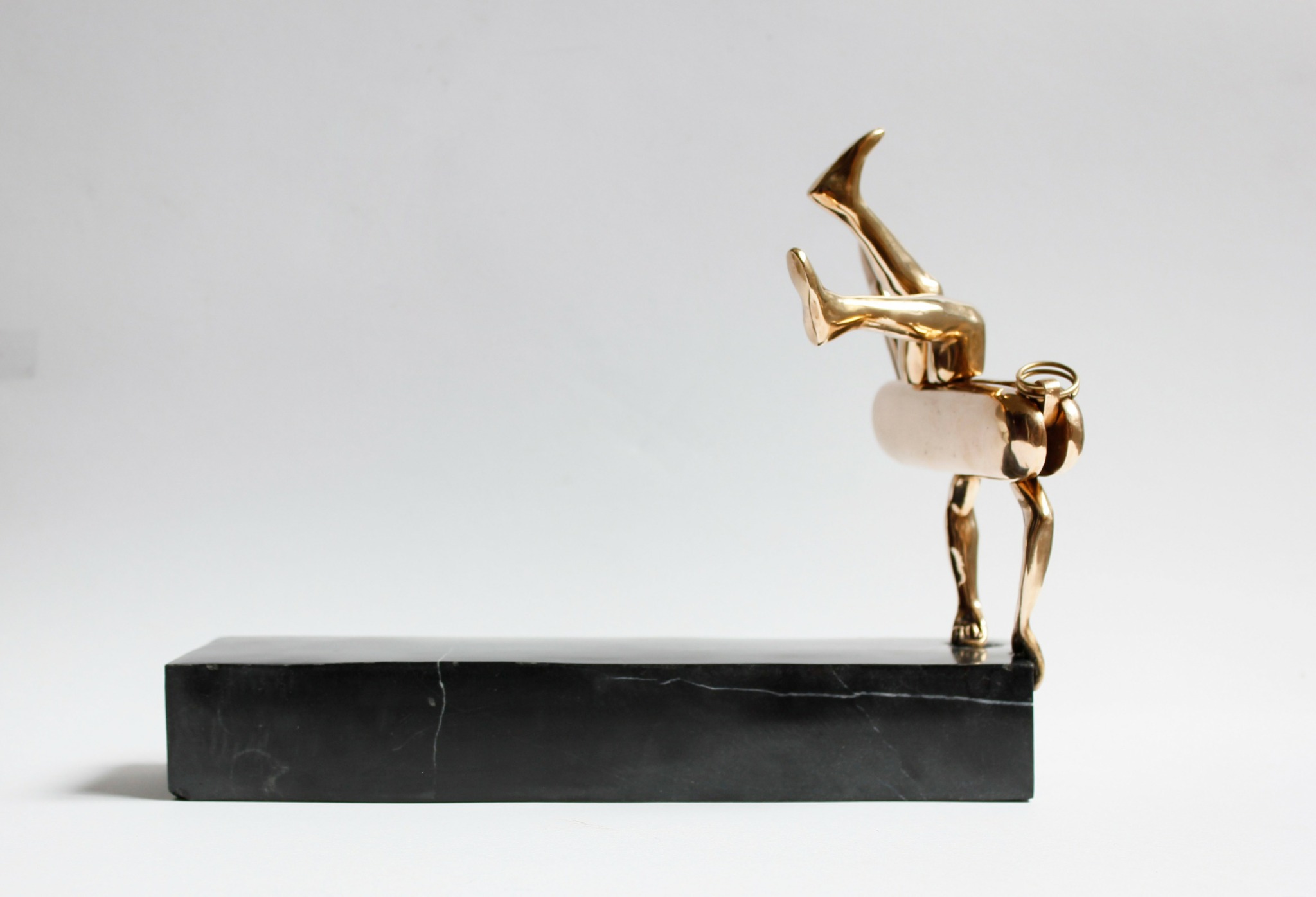We caught up with the brilliant and insightful Ladan Johari a few weeks ago and have shared our conversation below.
Ladan, looking forward to hearing all of your stories today. How did you learn to do what you do? Knowing what you know now, what could you have done to speed up your learning process? What skills do you think were most essential? What obstacles stood in the way of learning more?
I’ve learned what I do through relentless curiosity and experimental approach. I’ve always been driven by a desire to understand how things are made, whether it’s sculpting with bronze, creative coding, prototyping interfaces, or building immersive spaces. I love to experiment, tinker, and trying new materials and technologies to see how they can transform my creative ideas into tangible forms. I’m constantly learning by doing. The eagerness to explore has been my greatest teacher.
The most essential skills in my journey have been adaptability, problem-solving, and the ability to blend different disciplines. Additionally, sharing ideas and exchanging skills always opens new doors. Looking back, I realize that seeking out collaborative projects and immersing myself in diverse creative circles earlier could have accelerated my growth.
One of the biggest challenges has been navigating the intersection of traditional craftsmanship and emerging technologies, but it’s also where I find the most excitement. I have to mention that my background in architecture and sculpture has given me a strong foundation and has been invaluable in refining my skills.

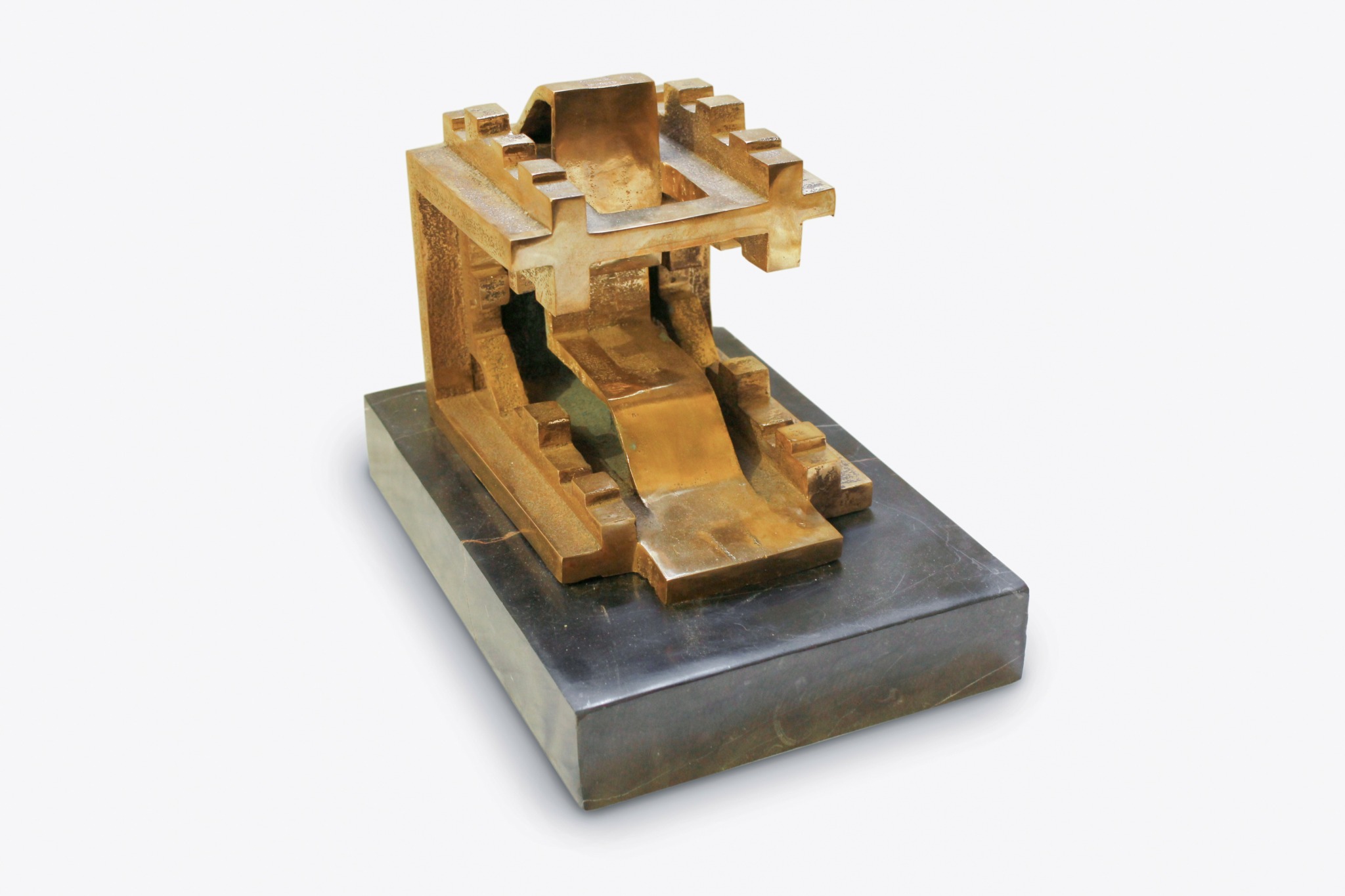
Ladan, before we move on to more of these sorts of questions, can you take some time to bring our readers up to speed on you and what you do?
My formal training was in architecture, but after earning my Master’s degree, I was at a crossroads. I felt a strong pull toward creating my own art, and that’s when everything changed. In pursuit of that goal, I met Parviz Tanavoli—a pioneer in Iranian contemporary art—whose mentorship profoundly shaped my artistic journey. What I envisioned evolved into something much deeper and more exciting than I could have ever imagined. Tanavoli’s modern reinterpretation of Iranian art has always struck a chord with me. The fusion of his influence and techniques with my architectural roots allows me to create art that explores form and cultural narratives in my own unique ways.
When I moved to the United States to pursue a Master of Fine Arts in Design at University of California, Davis, I was exposed to a new environment that pushed me to explore various mediums and technologies, including exhibition design, digital fabrication and parametric design, spatial computing, and designing human interfaces. This new world of tools and methods expanded my practice and shifted my focus on merging physical and digital experiences. This exposure has been instrumental in shaping both my artistic and design practice.
My journey has been anything but linear; combining art, design, and technology allows me to bring a fresh perspective to every project with an interdisciplinary approach. I thrive in environments where I can blend diverse disciplines and create work that isn’t confined to a single medium. Since 2017, I’ve had the privilege of showing my work in numerous exhibitions. One of the recent highlights of my career was my exhibition at the Manetti Shrem Museum in 2024, where I presented my MFA research alongside my peers as part of our graduation exhibition. I’m grateful to have received awards and scholarships that supported my work and exploration in my studies.
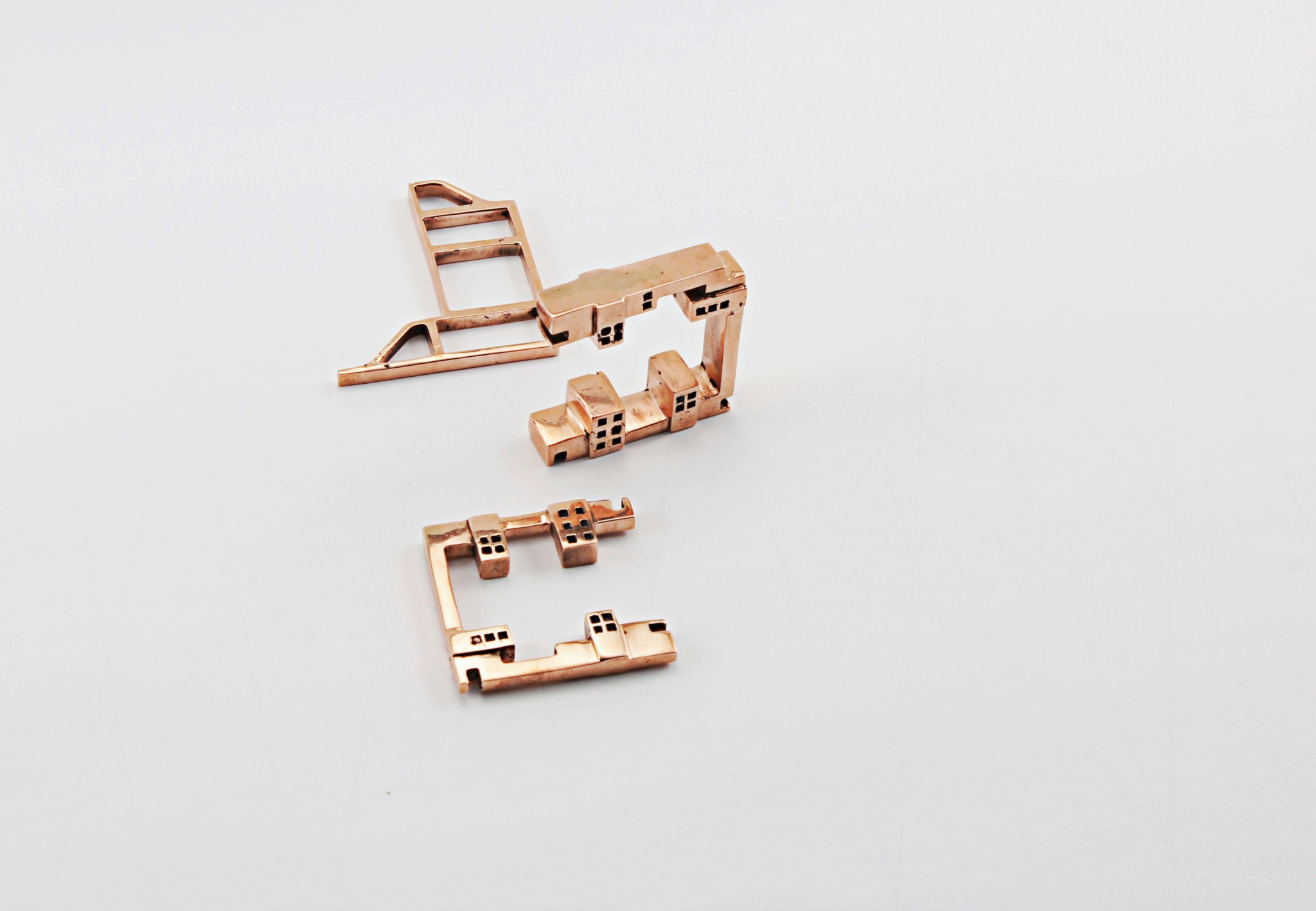

For you, what’s the most rewarding aspect of being a creative?
The most rewarding aspect is the ability to create something that resonates with others on a personal level. Whether it evokes an emotion, sparks curiosity, or invites reflection, seeing how my work connects with people is deeply fulfilling.
The process itself is equally rewarding, the freedom to experiment, make mistakes, and discover new possibilities keeps me inspired. I find great satisfaction in stepping into new realms, learning new skills to bring my imagination to the world, and exploring different mediums and technologies, as it constantly challenges me to grow.
It is a meaningful experience when I share my work with others, knowing that my work becomes part of a larger dialogue and can engage with a diverse audience. Sometimes they see things or create meanings from their own perspective, relating to it in a way that starts a different story for them. Seeing how it sparks something in others makes the creative journey truly worthwhile.
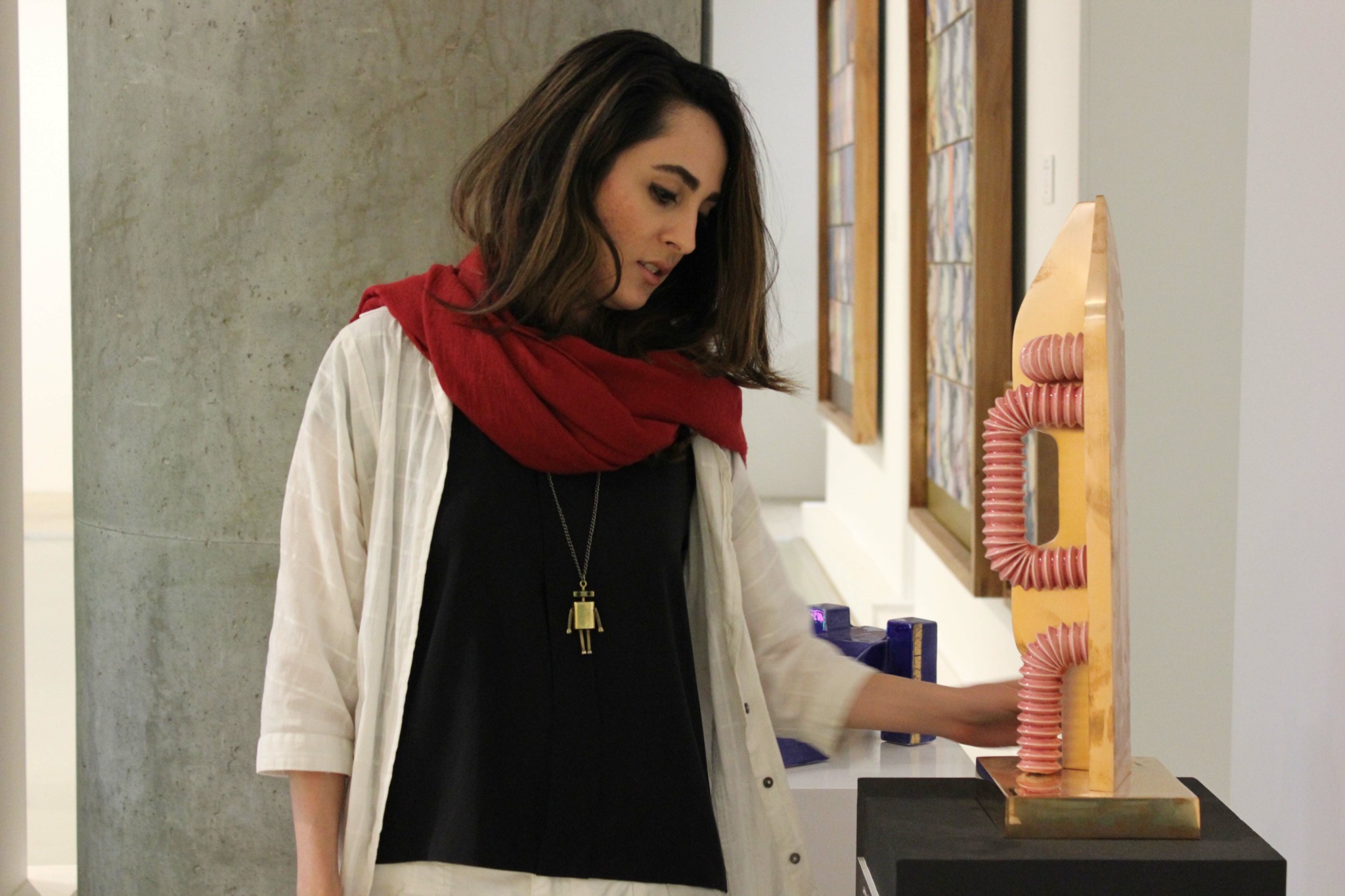
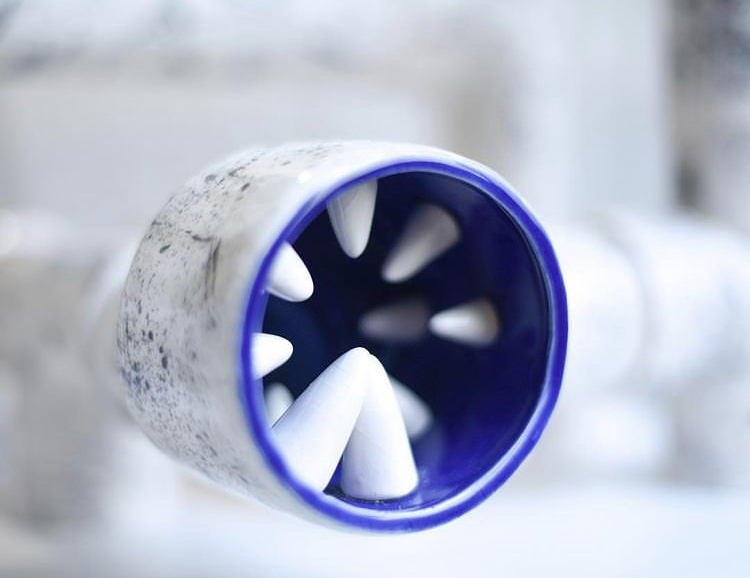
Is there something you think non-creatives will struggle to understand about your journey as a creative? Maybe you can provide some insight – you never know who might benefit from the enlightenment.
An invisible aspect of the creative process is the amount of experimentation, failure, and uncertainty it involves. It’s not a linear path; it’s filled with trial and error, and sometimes the work doesn’t lead to a clear result right away. The freedom to explore, make mistakes, and learn is essential, but from the outside, it might seem scattered or aimless.
I’ve also found that the final product often gets the most attention, while the research, iteration, and refinement behind it remain unseen. As someone working with various disciplines, I frequently navigate unfamiliar tools and mediums, which require constant learning and adaptation. That part, the messy, unpredictable, and deeply personal side of the journey, is where the real magic happens, and it’s a part of the process that isn’t always obvious to the audience.
Contact Info:
- Website: https://ladanjohari.com
- Instagram: https://www.instagram.com/ladanjohari/
- Linkedin: https://www.linkedin.com/in/ladan-johari/
- Youtube: https://www.youtube.com/channel/UCZxPC7lVMLEq1km8GZi4AhA
- Other: https://github.com/ladanjohari
